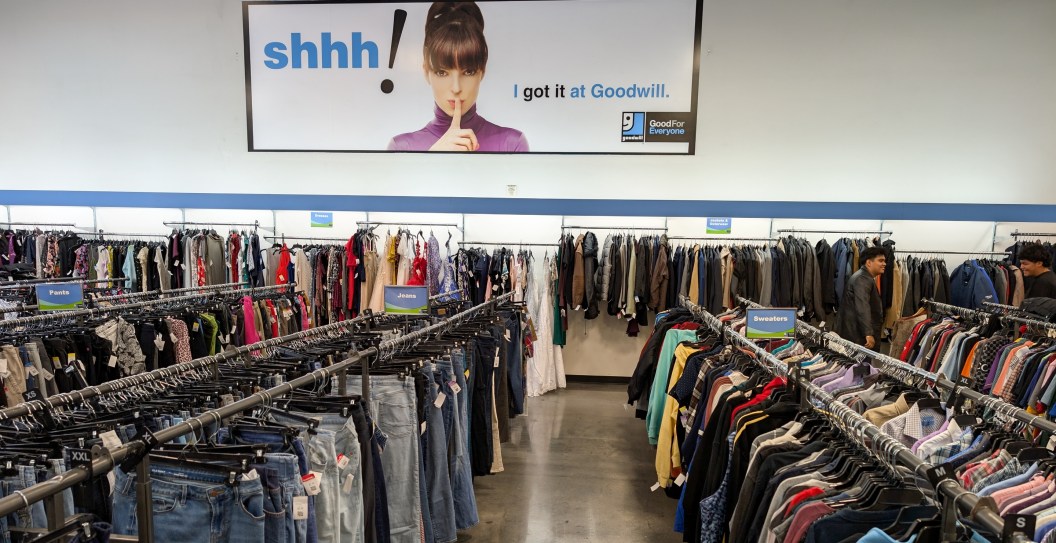Goodwill’s Struggles Amid Changing Economic Conditions
Goodwill, once a staple of charitable thrift shopping, has found itself facing significant challenges in the modern economy. A company built on the idea of helping the community by providing affordable second-hand goods while offering jobs to people with disabilities, veterans, and other vulnerable groups, is now being forced to shut down multiple locations and lay off a substantial portion of its workforce. The nonprofit model that has helped it thrive for decades is struggling to keep up with the evolving market and economic realities.
The heart of Goodwill’s business has always been its ability to accept donations from the public—clothing, furniture, household items, and more—which they would then resell at affordable prices. These donations were not only a way to provide inexpensive goods to people but also an opportunity to employ individuals in need. Goodwill employed people with various disabilities and other barriers to employment, giving them meaningful work and a paycheck. The company prided itself on being a nonprofit organization dedicated to giving back to society.
However, over the years, the landscape of charitable retail has changed dramatically. Economic shifts, a decline in donations, and rising operational costs have put a strain on Goodwill’s business model. The company’s struggles are a clear reflection of the broader challenges faced by nonprofit organizations in a post-recession economy.
Decline in Donations: A Direct Effect of Changing Consumer Habits
One of the major factors contributing to Goodwill’s troubles is the decline in donations. Historically, many people would donate their unwanted clothes and items to thrift stores like Goodwill. It was a simple way to get rid of items while giving back to the community. However, in recent years, fewer people have been donating to these stores. Instead of donating items, many individuals have turned to reselling them for a profit. The rise of online platforms like eBay, Poshmark, and Depop has made it easier for people to sell their used items and make a profit, rather than simply giving them away to a nonprofit organization.
